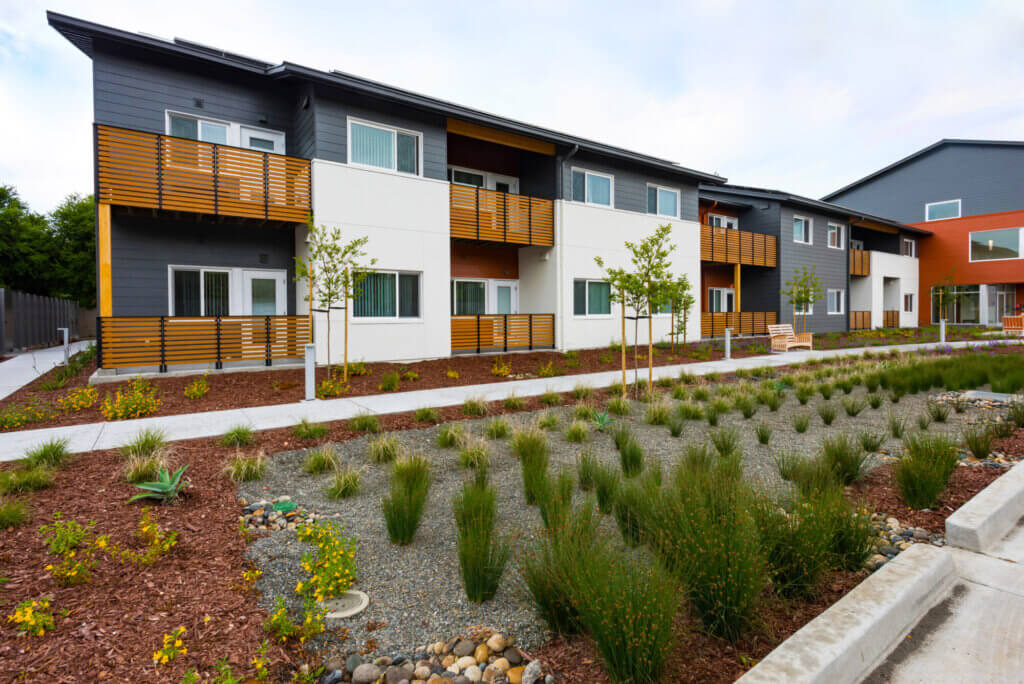A Plan to Keep Renters Housed through the COVID-19 Recovery
Published On May 4, 2020
Some 16.5 million American renter households have at least one worker in an industry likely to be immediately affected by the economic fallout of the COVID-19 pandemic. Moreover, roughly 43 percent (or 7.1 million) of potentially-impacted renter households were already struggling with rental cost burdens before this crisis took hold, signaling an urgent need for federal action for direct renter assistance, according to a new report by the Terner Center.
While the federal stimulus program and unemployment insurance are helping some renters who have lost income, these programs will not be nearly enough to stabilize renters, especially in high-cost places like San Francisco, Los Angeles, and New York, and prevent further disruption to the rental markets.
Today, the Terner Center has published a new policy analysis, A Plan to Keep Renters Housed through the COVID-19 Recovery, authored by Ben Metcalf and David Garcia. Building off of rental assistance proposals being introduced this week by Congressional leadership, the proposal recommends the federal government act immediately to directly stabilize renters and prevent further disruption to the rental markets.
The authors propose the following recommendations for immediate action:
- Provide direct rental assistance similar to the time limited vouchers provided by the federal government in the wake of past natural disasters. These would be tiered to prioritize the most vulnerable and hardest hit by this crisis;
- Create an interim flexible lending program for property owners who demonstrate a loss of income due to tenants’ inability to pay. Under this program, multifamily lenders could immediately offer long-term loans to property owners. In exchange for assistance, owners would agree to waive back rents and not evict renters.
Read the full proposal here. For more resources on the impacts of COVID-19 on housing, visit: COVID-19: Housing-Focused Needs and Responses.





